What did we learn after two years of working from work?
Two years after the 'large distribution' of the world's office staff, we ask the question, what exactly did we learn during the last 24 months of remote works?
In March 2020, offices all over the world began to close as a result of national closures set by different governments to prevent the spread of the coronavirus. In the near future, overnight employees were confronted with a new reality of remote works - many for the first time - for the near future. Two years later, many office workers still spend a lot, if not all their working hours at home.
What have we all learned from the experience, while we celebrate the first birthday of the big WFH experiment? And how has our approach and attitude compared to remote work changed over the past 24 months?
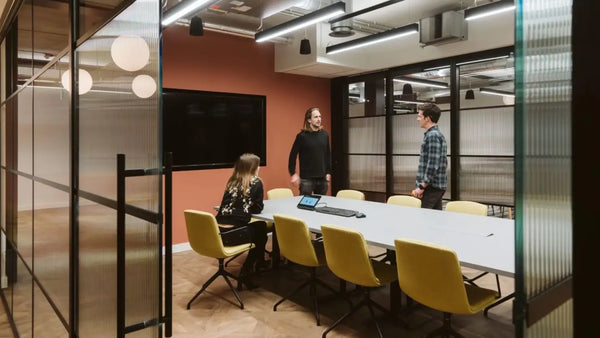
It is sustainable
An important finding that most companies have found remotely is that it works. Despite concerns about unproductivity, communication problems and general connectivity, the relocation of entire offices to work remotely has not generally had these problems, and in some cases it has been shown that these important statistics have been improved. Findings from an international study by the Leesman Index showed that more than 80% of the respondents felt that their home environment enabled them to work productively, and 91% said they felt sufficiently supported to perform their duties.
Another study by Flexjobs showed that only 5% of employees claimed to be less productive, and 51% said they were more productive. This is not in the last place to the advanced series of available communication tools, and after the initial struggle to transform organizations into video conferences, digital collaborations, everything ended up in a fixed rhythm.
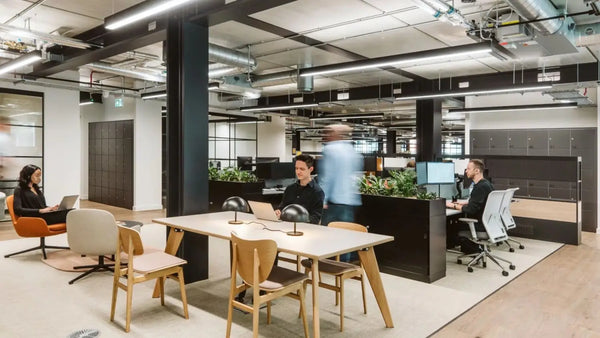
It is not a level playing field
Not everyone has had such a positive homework experience, and that has largely to do with the environments they have at their disposal. Those in large houses or small apartments may have experienced a lack of suitable workspace, often resorting to benches, kitchen tables or even beds, which is certainly not an ideal or sustainable solution. Again, looking at the results of the readingman examination, they discovered that 90% of the respondents said that having a good office chair was important, but only 54% found the chair in their house satisfactory - a pretty big difference.
It is also important to note that not everyone in the position is to work from home, with first -line workers and those whose workspaces are not compatible with distance works, must stay in their designated workplace, or are dismissed or dismissed.
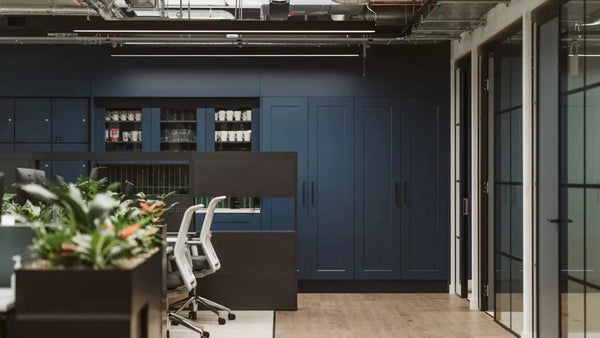
Workspace is important
As mentioned above, having a dedicated working environment has been the key to a healthy, happy and productive remote experience. And although employers have different levels of responsibility to help you realize a viable home working environment, the responsibility is ultimately often placed with the employee.
Those with the right equipment, such as an ergonomic office chair, desk and computer edge equipment, will undoubtedly have a more productive day and be less susceptible to health problems such as muscle and joint pain.
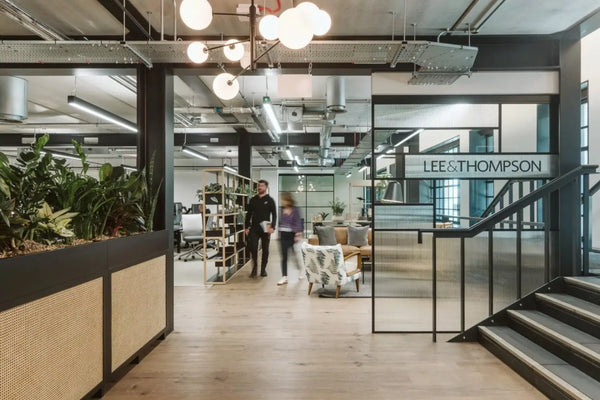
People still have to meet
In the past year it has also been very clear that there is still a great need and wish to meet people. Different reports and anecdotal evidence suggest that the most important things people in the office lack are people they work with. A lack of incidental and spontaneous encounters, general splashes and cosiness during lunch breaks has led to some external employees feeling isolated, especially in combination with more general social limitations that apply in different countries. And although technology can be a great tool for more collaborative and creative activities to a certain extent, it is not a viable alternative to personal encounters for many, especially if you take into account growing problems such as zoom fatigue and delays in communication channels.
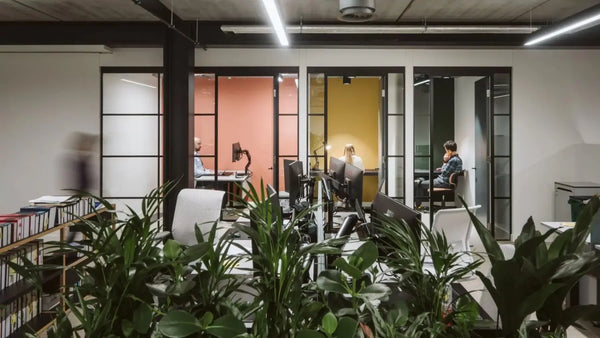
Working from home does not just leave again
That said, the past year was an eye-opener for many when it comes to the benefits of working from home, especially for those who previously had a lot of commuting and childcare. And for almost everyone, the ability to be more autonomous in their daily activities and the repair of the balance between work and private life was enormously positive.
Employers also suggest that they are open to a certain level of remote work, and some major players have already explained their plans after the pandemic to make all employees work remotely for a certain number of days.
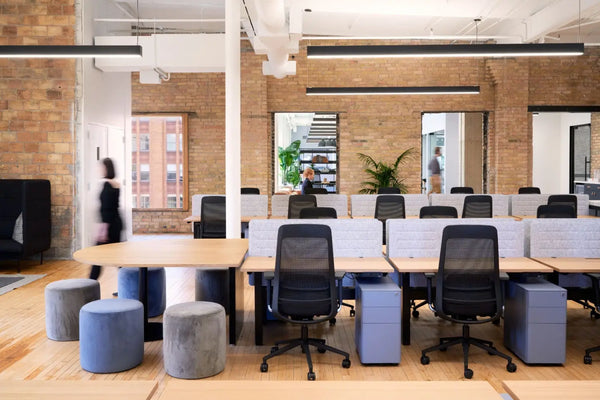
But the office is on the rise again!
What is also clear is that the office is not yet dead. As mentioned earlier, there is still a need and wish for colleagues to meet personally, especially for joint work. It is less clear to what extent the workplace will adapt to the new "Hybrid Work Model" that is being discussed more and more.
Will office spaces reduce their focus on individual workplaces? Will they be more adapted to shared, creative and social spaces?
In our opinion, this is the big question that architects, employers and workers will be confronted with in the coming 12 months.





